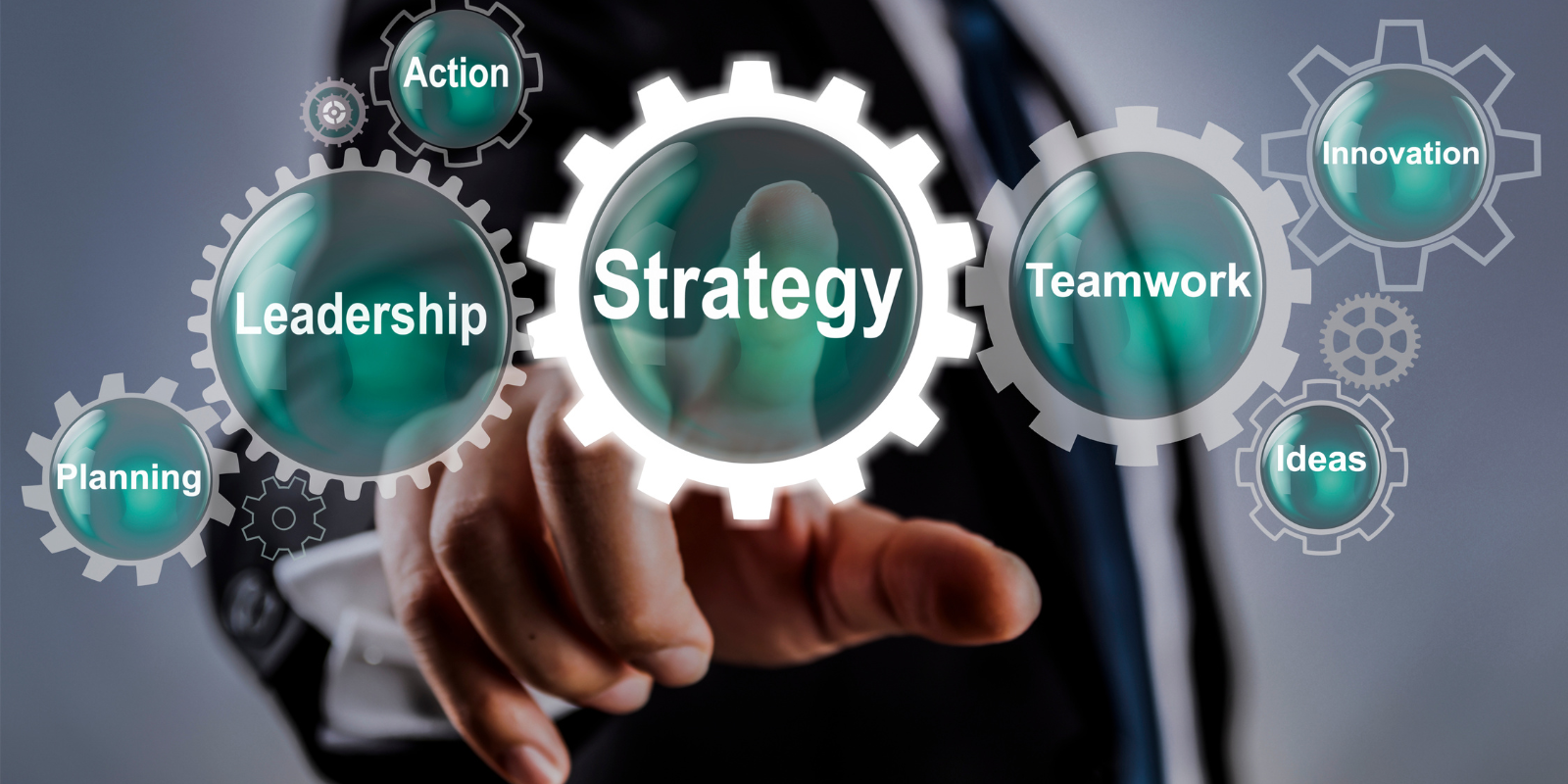In the competitive and ever-changing world of business, organizations are constantly searching for ways to strengthen operations, boost productivity, and ensure sustainable growth.
Strong Future Starts With Hiring
The foundation of any successful organization lies in its people. Whether it is a small startup striving to establish its presence or a global corporation aiming for sustained growth, hiring the right talent is the cornerstone of building a strong and sustainable future.
Managers Empower Teams With Vision
In every successful organization, vision plays a central role. It acts as the guiding light, helping employees understand not only what they are working on but also why it matters.
Mentorship Programs to Guide Employees
In today’s competitive and fast-changing business landscape, employees need more than technical skills to succeed. They require guidance, support, and opportunities to learn from experienced professionals who have walked the path before them.
Strengthening Vision at Team Levels
A strong organizational vision serves as the guiding light that shapes strategy, inspires employees, and defines long-term direction. But a vision is only as powerful as its execution.
Keeping Teams Focused on Vision
Every successful organization is guided by a vision—a compelling picture of the future that inspires and directs its people. A clear vision gives employees meaning, aligns efforts, and ensures that day-to-day tasks contribute to long-term goals.
Driving Alignment Toward Shared Goals
In every successful organization, one element stands out above all others: alignment. When teams, departments, and leaders work toward shared goals, the entire organization moves forward with clarity and purpose.
Align Employees with Organizational Goals
In every organization, success depends not only on having ambitious goals but also on ensuring that employees are aligned with those goals.
The Link Between Innovation and Experimentation
In the modern business landscape, innovation has become more than just a buzzword—it is a necessity. Organizations that fail to innovate risk falling behind competitors, losing relevance, and missing opportunities. Yet innovation doesn’t happen in isolation. It is deeply tied to experimentation—the process of testing, refining, and validating ideas. Innovation is the “what”—the creation of something new and valuable. Experimentation is the “how”—the process that ensures innovations work in practice. Together, they form a powerful cycle that drives growth, resilience, and long-term success. In this blog, we’ll explore the relationship between innovation and experimentation, why it matters, the challenges organizations face, and strategies for fostering both. What Is Innovation? Innovation is the ability to transform creative ideas into practical solutions that create value. It could be: For example, the smartphone was not just a product—it was an innovation that redefined communication, work, and entertainment. What Is Experimentation? Experimentation is the process of testing ideas in real-world conditions to assess their feasibility, value, and effectiveness. It involves: Experimentation reduces risks and helps organizations learn quickly. It ensures that innovative ideas are not just creative but also practical. The Link Between Innovation and Experimentation Innovation and experimentation are inseparable. While innovation is about envisioning the future, experimentation validates that vision and ensures its success. Here’s how they connect: Why the Relationship Matters The link between innovation and experimentation is vital for several reasons: Challenges in Linking Innovation and Experimentation Despite their importance, many companies struggle to connect innovation and experimentation. Common challenges include: Strategies to Strengthen the Link Between Innovation and Experimentation 1. Create a Culture of Psychological Safety Encourage employees to share ideas without fear of criticism. Leaders should normalize failure as part of the innovation journey. 2. Encourage Small-Scale Testing Pilot programs and prototypes allow experimentation at lower costs. For example, Netflix often tests new features with a subset of users before global rollout. 3. Invest in Innovation Labs Dedicated spaces or teams for innovation provide structure and resources for experimentation. These labs encourage creativity and agility. 4. Use Data to Drive Learning Collect and analyze data from experiments to refine ideas. A data-driven approach ensures innovation is guided by evidence. 5. Recognize and Reward Experimentation Celebrate not only successful innovations but also bold attempts. Recognition motivates employees to take risks and experiment. 6. Embrace Agile and Design Thinking Agile methods and design thinking encourage iterative testing and user-centered innovation. These frameworks strengthen the link between creativity and practicality. 7. Leadership Commitment Leaders must model curiosity, take risks, and support experiments. Their behavior sets the tone for the entire organization. Case Studies: Innovation and Experimentation in Action Amazon – Continuous Experimentation Amazon’s culture is built on experimentation. From website designs to product launches, the company constantly tests ideas before scaling. AWS (Amazon Web Services), once a bold experiment, is now one of its most profitable innovations. 3M – Innovation Through Side Projects 3M’s “15% rule” allows employees to spend time on personal projects. This culture of experimentation led to the creation of Post-it Notes, born from a failed adhesive experiment. Tesla – Bold Innovation, Relentless Experimentation Tesla’s experiments with battery technology, self-driving software, and direct-to-consumer models have disrupted the auto industry. Each innovation was validated through iterative testing. Netflix – Data-Driven Experiments Netflix uses A/B testing to refine user experiences. From recommendation algorithms to interface designs, every innovation is tested before full implementation. The Future of Innovation and Experimentation Looking ahead, the link between innovation and experimentation will only grow stronger: Conclusion: Innovation Needs Experimentation Innovation without experimentation is guesswork. Experimentation without innovation lacks direction. Together, they form a cycle that fuels growth, adaptability, and long-term success. Organizations that embrace this link create cultures of curiosity, resilience, and continuous learning. By encouraging bold ideas, testing them rigorously, and learning from outcomes, they not only stay competitive but also shape the future. The true power of innovation lies not just in creating new ideas but in testing them, refining them, and turning them into lasting impact.
Strategies to Improve Employee Well-Being
Employee well-being has become one of the most important priorities for organizations in the modern workplace. A healthy, engaged, and satisfied workforce is not only happier but also more productive, resilient, and loyal.











